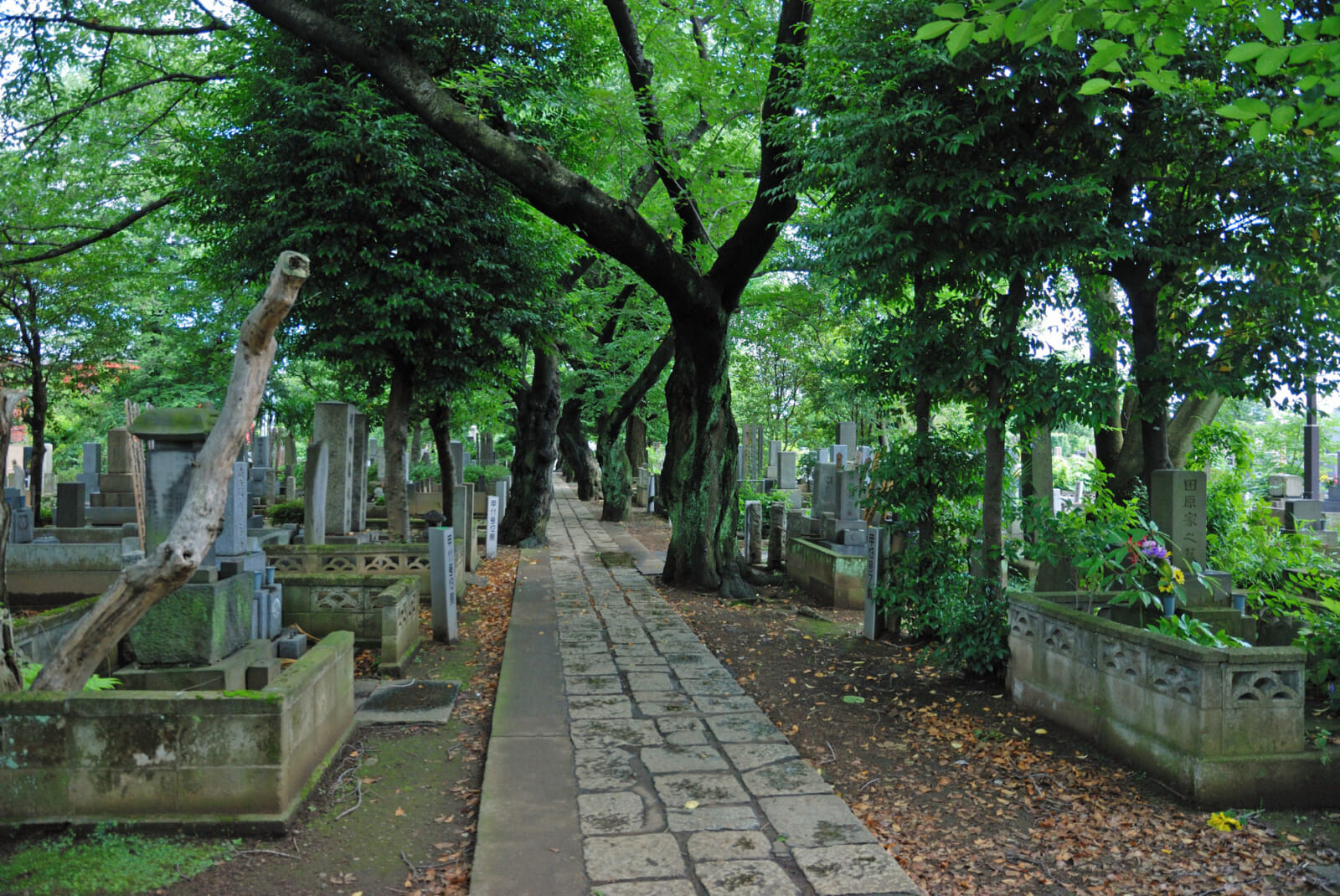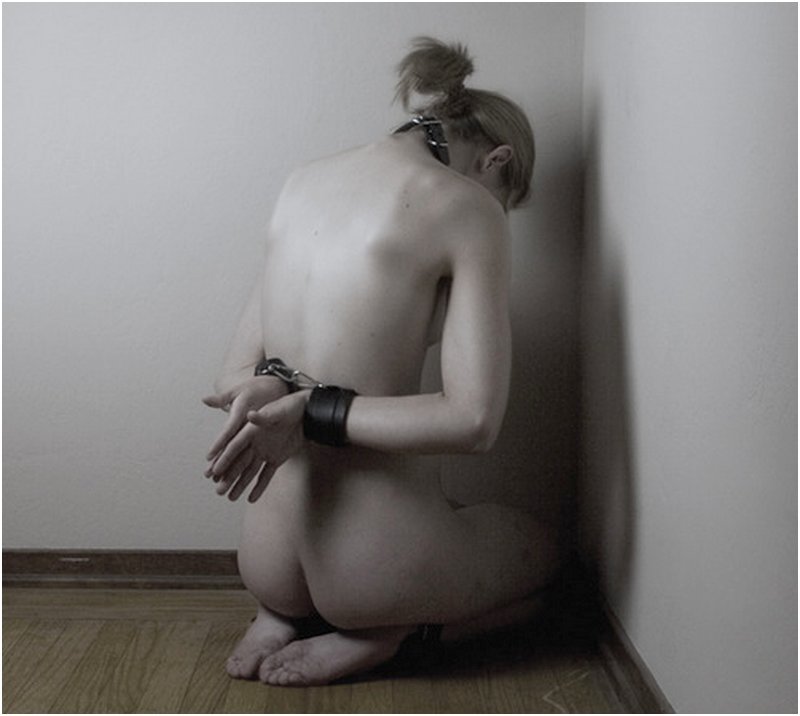A quieter, more private world exists in Tokyo. In this world, history, spirituality and folklore merge to create an often overlooked story: the story of Tokyo Cemetery. These sacred spaces are more than just the resting places of the dead. They are archives of the city’s turbulent past, sites of spiritual crossroads and bizarre legends that blur the lines between the historical and the supernatural.
Tokyo’s cemeteries reflect Japan’s long and complex relationship with death. Influenced by Shintoism, Buddhism, and more modern, secular perspectives, each cemetery is filled with layers of meaning. The tradition of honoring ancestors is deeply rooted in Japanese culture, with rituals connecting the living to the dead. Cemeteries are where this connection is most evident, where past and present intertwine and the presence of souls feels most alive, casting a shadow over these otherwise peaceful resting places.
past archives
Tokyo’s cemeteries are a reminder of a city that has endured fires, wars and rapid modernization. The burial practices themselves changed significantly over time, from the ancient burial mounds to the more structured, park-like cemeteries seen today. In the early centuries of Tokyo (then Edo), Buddhist temples doubled as cemeteries, serving as both religious sites and resting places for samurai, commoners, and the emerging merchant class. These spaces are not just for burial, but also for reflection on life, death and the impermanence of existence, which are key tenets of Buddhist philosophy.
As the Edo period gave way to the Meiji era and beyond, Tokyo’s cemeteries began to reflect Japan’s contact with the West. The influence of foreign cultures has left its mark not only on the architecture, but also on the way the dead are commemorated. European-style tombstones began to appear alongside traditional Japanese markers, symbolizing the intersection of cultures in a changing era. Cemeteries are more than just places to mourn; they become snapshots of a city exploring its identity amid huge waves of change.

Spiritual beliefs embedded in stone
In Japan, cemeteries are living embodiments of spiritual beliefs. In Shintoism, the soul, or usbelieved to inhabit everything, including cemetery stones and trees. Japanese cemeteries often feature shrines and Buddhist altars, which can incorporate various religious practices. The act of sweeping graves is seen as maintaining a spiritual connection with ancestors, offering prayers and food to ensure the deceased’s peace in the afterlife.
However, not all souls find peace. According to legend, some people remain restless and unable to successfully transition to the afterlife. Belief in a vengeful spirit, or coolhas deep roots in Japanese folklore, and cemeteries are often seen as places where these spirits linger. These beliefs are especially strong in Tokyo, a city that has witnessed tragedy and upheaval including war, natural disasters and executions. In these times of great loss, it is believed that some souls are unable to successfully transition to the afterlife, trapped between two worlds, and their presence is felt by those who walk these lands.
The legend of Tokyo cemetery
Among Tokyo’s most notorious tombs is that of the 10th-century rebellious samurai Taira Masamon. Masakado led an uprising against the imperial government, which failed, and he declared himself the new Emperor of Japan. After his death, his head was severed and displayed in Kyoto. But according to legend, it refused to stay put. It is said that Masato’s disembodied head flew across the country, eventually finding its resting place in what is now Tokyo. This tomb deep in the Otemachi financial district is unlikely to be home to such supernatural stories, but it remains one of Tokyo’s most feared and revered locations.


Countless stories of mysterious deaths and accidents befell those who attempted to disturb or move his tombstone, reinforcing the belief that Masamune’s spirit is still seeking vengeance. In 1923, after the Great Kanto Earthquake, several workers died under suspicious circumstances, and the plan to move the graves was abandoned. The tomb has remained untouched since then.
In addition to the story of the main entrance, there are also Yureor wandering spirits, are common in city cemeteries. Dressed in white mourning garb and with pale, expressionless faces, these souls are said to drift along cemetery paths or visit the dreams of those with unfinished business. Although these ghostly apparitions may sound like spooky folklore, they have deep cultural significance, illustrating how Japan’s view of life and death is fluid and the afterlife is never far away.
Famous cemeteries in Tokyo
Beyond these bizarre stories, Tokyo’s cemeteries are rich in historical and cultural significance. Located near Nippori Station, Yanaka Cemetery contains more than 7,000 graves, including that of Tokugawa Yoshiki, Japan’s last shogun. Ancient trees and narrow lanes recall a time when warriors and politicians shaped the city’s future. Their spirits are said to still watch over the ever-growing metropolis.


Valley Cemetery
Aoyama Cemetery in Minato Ward is Japan’s first public cemetery, and its urban beauty contrasts sharply with Yanaka Cemetery. The cemetery, known for its cherry blossoms and legendary hauntings of samurai spirits, can occasionally unsettle visitors, with some reporting eerie sensations such as the sound of invisible footsteps at night.
Meanwhile, Toshima Ward’s Zoshigaya Cemetery offers a more bohemian retreat where artists, poets, and intellectuals rest. Lafcadio HearnFamous storyteller during the Meiji period Japanese ghost legendsburied here, as is Natsume Sosekia prolific writer and author of classics such as young master and i am a cat. Visitors feel the lingering presence of these creative spirits, as if their final stories have yet to be told.
The overlooked beauty and significance of Tokyo cemeteries
In a city characterized by fast pace and constant innovation, Tokyo’s cemeteries offer an entirely different experience – a peaceful sanctuary where the past lingers in the air and stone. These spaces are repositories of memory, preserving the essence of those who once walked Tokyo’s streets, shaping the city we know today.
For those who take the time to explore, Tokyo’s cemeteries offer an opportunity to learn about history that is often hidden in plain sight. Whether spiritual rituals, deep cultural ties, or creepy ghost legends, these cemeteries are living or dead embodiments of Tokyo’s soul, providing a unique perspective on the city’s journey through time, death, and rebirth.
So as Halloween approaches and the veil between the living and the dead grows thinner, take some time to visit Tokyo’s cemeteries. Take a stroll, feel the weight of history beneath your feet, and listen to the silent stories whispered in the wind. You may find that the past is closer than you thought.


 Anal Beads
Anal Beads Anal Vibrators
Anal Vibrators Butt Plugs
Butt Plugs Prostate Massagers
Prostate Massagers
 Alien Dildos
Alien Dildos Realistic Dildos
Realistic Dildos
 Kegel Exercisers & Balls
Kegel Exercisers & Balls Classic Vibrating Eggs
Classic Vibrating Eggs Remote Vibrating Eggs
Remote Vibrating Eggs Vibrating Bullets
Vibrating Bullets
 Bullet Vibrators
Bullet Vibrators Classic Vibrators
Classic Vibrators Clitoral Vibrators
Clitoral Vibrators G-Spot Vibrators
G-Spot Vibrators Massage Wand Vibrators
Massage Wand Vibrators Rabbit Vibrators
Rabbit Vibrators Remote Vibrators
Remote Vibrators
 Pocket Stroker & Pussy Masturbators
Pocket Stroker & Pussy Masturbators Vibrating Masturbators
Vibrating Masturbators
 Cock Rings
Cock Rings Penis Pumps
Penis Pumps
 Wearable Vibrators
Wearable Vibrators Blindfolds, Masks & Gags
Blindfolds, Masks & Gags Bondage Kits
Bondage Kits Bondage Wear & Fetish Clothing
Bondage Wear & Fetish Clothing Restraints & Handcuffs
Restraints & Handcuffs Sex Swings
Sex Swings Ticklers, Paddles & Whips
Ticklers, Paddles & Whips




















